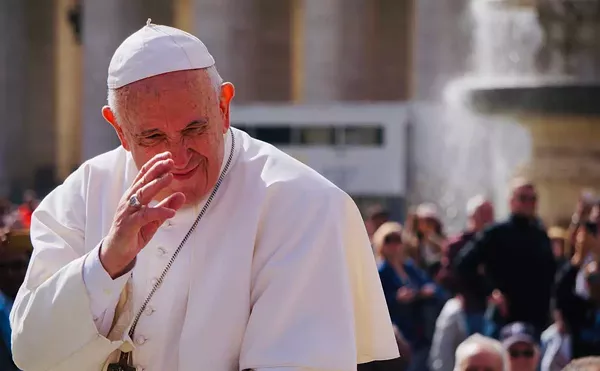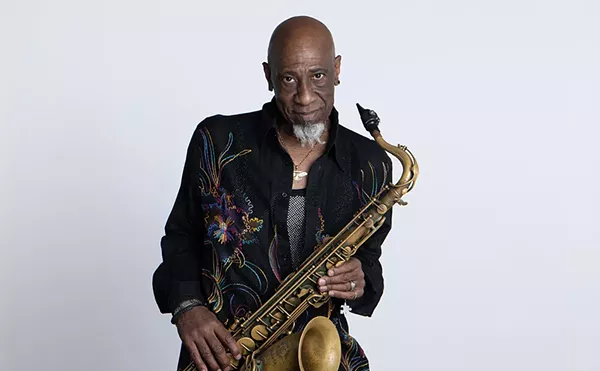
Audio By Carbonatix
[
{
"name": "GPT - Leaderboard - Inline - Content",
"component": "35519556",
"insertPoint": "5th",
"startingPoint": "3",
"requiredCountToDisplay": "3",
"maxInsertions": 100,
"adList": [
{
"adPreset": "LeaderboardInline"
}
]
}
]
There’s no doubt about it, Disney animated features have particular formulas, and Tarzan features them all. A swift blend of action, comedy and romance, Tarzan also features musical set pieces, wisecracking animal companions, an irredeemable villain, the death of a parent and, of course, big life lessons about tolerance and ecology.
Edgar Rice Burroughs’ World War I-era story, Tarzan of the Apes, is about the contrast between "natural" and "civilized" men. With his central character, a nobleman raised by gorillas, Burroughs hypothesizes that man’s best qualities are innate and that human society is the corrupting force. Disney’s Tarzan is all about the innocence of nature itself, particularly the idyllic, family-oriented lifestyle of Africa’s mountain gorillas.
After his shipwrecked parents are killed, a crying baby Tarzan is found by the gorilla Kala (voice of Glenn Close), whose own child was recently killed. Her unorthodox adoption is scorned by the group’s protective patriarch, Kerchak (Lance Henriksen), who sees the strange hairless creature as trouble, yet allows him to be raised as one of them.
It’s only when Tarzan (Tony Goldwyn) reaches adulthood that he encounters other humans, in particular the spunky Victorian Englishwoman, Jane (a saucy Minnie Driver), who has come to Africa with her professor father to study the gorillas. Tarzan is inexorably drawn to these people and finds himself caught between two worlds which have an equal hold on his psyche. (Tarzan never encounters any Africans, an oversight that keeps everything on a more simplistic animal-human dynamic.)
But even though it adheres strictly to the Disney formula, Tarzan transcends it because of the way directors Kevin Lima and Chris Buck – and their army of artists – have fused the spirit of the story with the style of animation. Just compare Tarzan with The Jungle Book to see how stunningly three-dimensional Disney’s animation has become, especially in the rendering of details like the eerily tactile moss.
Unlike other Disney creations, whose still images take on an iconographic status, Tarzan is best in motion. The character’s lead animator, Glen Keane, has added elements of extreme sports to Tarzan, making him a cross between a thrill-seeking climber and hot-dogging snowboarder. But more importantly, he’s adapted Tarzan’s physiology to his peculiar upbringing, giving him the outsized calves and forearms and contorted fingers and toes that a human who grows up mimicking a gorilla might develop.
The music by Phil Collins is like much of his solo work, straining to achieve significance by cranking up the volume, but the percussive score by Mark Mancina serves the story extremely well. It’s fast-paced and high energy, just like this go-go Tarzan, a whirlwind adventure that’s in perpetual motion.
Serena Donadoni writes about film for Metro Times. E-mail her at letters@metrotimes.com.





